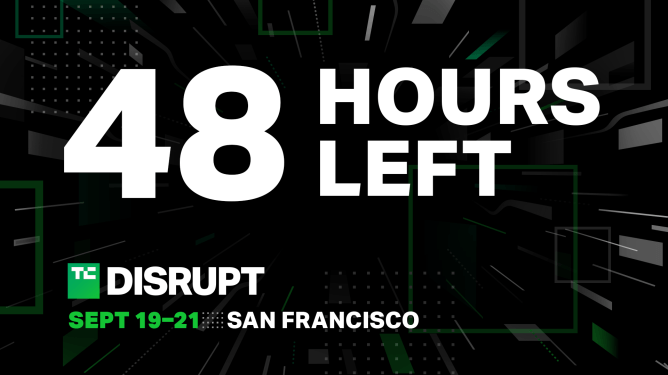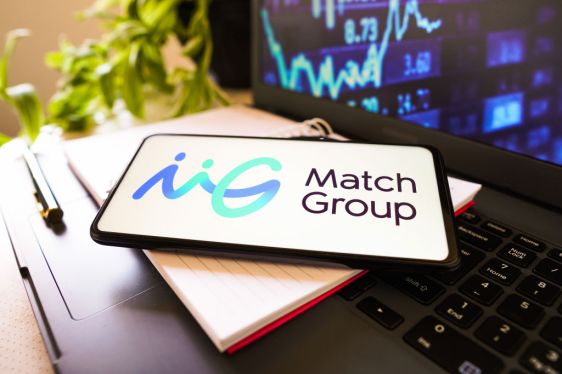
The Product-Led Growth Strategy (PLGS) has emerged as a transformative approach in the SaaS industry, reshaping how companies engage with their customers. This strategy integrates product feedback into sales strategies, creating a dynamic ecosystem that enhances customer retention and growth. Here’s an expanded exploration of PLGS, highlighting its relevance, potential, and future prospects:
Key Takeaways
PLGS is revolutionizing B2C models by utilizing free tiers to drive paid subscriptions. By listening to user feedback through product features, companies can guide customers seamlessly from trial to purchase, ensuring a frictionless onboarding experience.
For instance, Calixa’s success model exemplifies PLGS: offering a free tier that serves as an entry point for new users while providing tailored recommendations and curated content based on their interactions. This approach not only drives initial sign-ups but also encourages user retention through personalized offers.
Data-driven decisions are at the core of PLGS. Companies collect metrics such as session duration, product views, and purchase history to predict customer needs and preferences accurately. Integrating these insights into sales strategies allows for proactive engagement, reducing the likelihood of missed opportunities.
Segmentation plays a crucial role in personalizing customer journeys within PLGS. By categorizing users based on activity levels or purchase patterns, companies can tailor their messaging, ensuring that each individual receives relevant offers tailored to their preferences and behaviors.
Upselling opportunities are abundant in PLGS models. Offering complementary products as part of paid subscriptions not only increases revenue streams but also encourages cross-selling, further enhancing customer lifetime value (CLV).
Why PLG is Relevant Now
The relevance of PLGS lies in its adaptability to rapidly changing market demands and technological advancements. As consumers increasingly favor self-serve platforms for B2C products, businesses that fail to adopt PLGS risk losing a significant portion of their potential customer base.
PLGS fosters innovation by providing real-time feedback loops between product development and sales teams. This collaboration accelerates the product lifecycle, ensuring that features addressing customer pain points are prioritized early in the process.
The shift towards B2C models is particularly evident across industries like fintech, education, and e-commerce, where free tiers serve as effective entry barriers while attracting a large user base. These models not only tap into untapped markets but also enable companies to test new ideas without financial risk.
PLG’s Growth Potential
The growth potential of PLGS is vast, with numerous industries poised to benefit from its adoption. SaaS platforms that implement PLGS can accelerate their market expansion by leveraging data analytics and personalization tools that enhance customer journey mapping.
AI-driven insights are transforming how companies analyze customer behavior within PLGS frameworks. By integrating machine learning algorithms into sales processes, companies gain deeper insights into customer needs, enabling more accurate predictions and targeted marketing strategies.
The future of PLGS is marked by advancements in AI-powered sales platforms that automate lead scoring, personalized communication sequences, and upselling opportunities. These innovations not only improve conversion rates but also streamline the sales process, making it more efficient for both teams.
The Future of PLG
Emerging trends within PLGS include the integration of AI and machine learning to predict customer behavior with greater accuracy. This technology allows companies to identify high-potential customers early in their journeys, enabling timely interventions that convert them into long-term supporters.
The role of GTM (Generalized Tradescant Marketing) platforms is evolving within PLGS. These advanced tools streamline the sales process by automating lead scoring and personalized communication sequences, enhancing engagement while reducing costs.
As consumer preferences shift towards more personalization and convenience, companies using PLGS are well-positioned to capture new market opportunities. The ability to integrate PLGS with other growth strategies ensures sustained scalability and competitive advantage in a rapidly evolving market landscape.
Conclusion
PLGS represents a significant leap forward in B2B customer engagement strategies, offering a structured yet flexible approach that prioritizes customer feedback. By focusing on data-driven decisions, personalization, and innovative upselling opportunities, companies can achieve substantial growth and differentiation in both B2C and B2B markets.
The future of PLGS looks promising, with technological advancements further enhancing its potential to drive business success across industries. As companies continue to refine their strategies, they are poised to unlock new levels of customer engagement and revenue generation, solidifying PLGS as a cornerstone of modern SaaS success.






